14 Fun Facts About the Animals of “Jurassic World”
While the lead predator of the film might be a genetically modified fiction, these real fossil species were just as amazing and bizarre
Jurassic World is a real "Indominus rex" at the box office, breaking several records on its opening weekend and continuing to draw audiences worldwide. The star of the show may be a human-engineered hybrid dinosaur, but the movie also features 17 real fossil species, from massive plant-eaters to flying reptiles. For anyone who can't get enough #prattkeeping, feather debating and genetically modified rampaging, here are 14 fun facts about the actual ancient animals featured in the film:
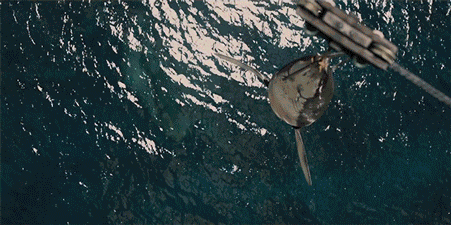
1. Mosasaurs Were Patient Predators
The terrifying Mosasaurus was not a dinosaur but a colossal marine lizard. While it possessed a fearsome maw featuring two rows of teeth, the Mosasaurus is thought to have had poor depth perception and a weak sense of smell. Scientists think that one of its main hunting techniques was lying in wait for prey near the water’s surface and attacking when animals came up for air. In 2013, one mosasaur fossil found in Angola held the remains of three other mosasaurs in its stomach, providing evidence that the aquatic beasts might also have been cannibals.
2. Blame It on the Brontosaurus
The peaceable, long-necked Apatosaurus—controversially also known as Brontosaurus—was an herbivore that feasted on low-lying plants and tree leaves. Fossils of its bones have previously confused scientists, because they can resemble those of the formidable Mosasaurus, given the immense size and length of both creatures. Based on scientists’ calculations, the giant Apatosaurus is among the sauropods that may have produced enough methane gas to contribute to a warming climate during the Mesozoic era.
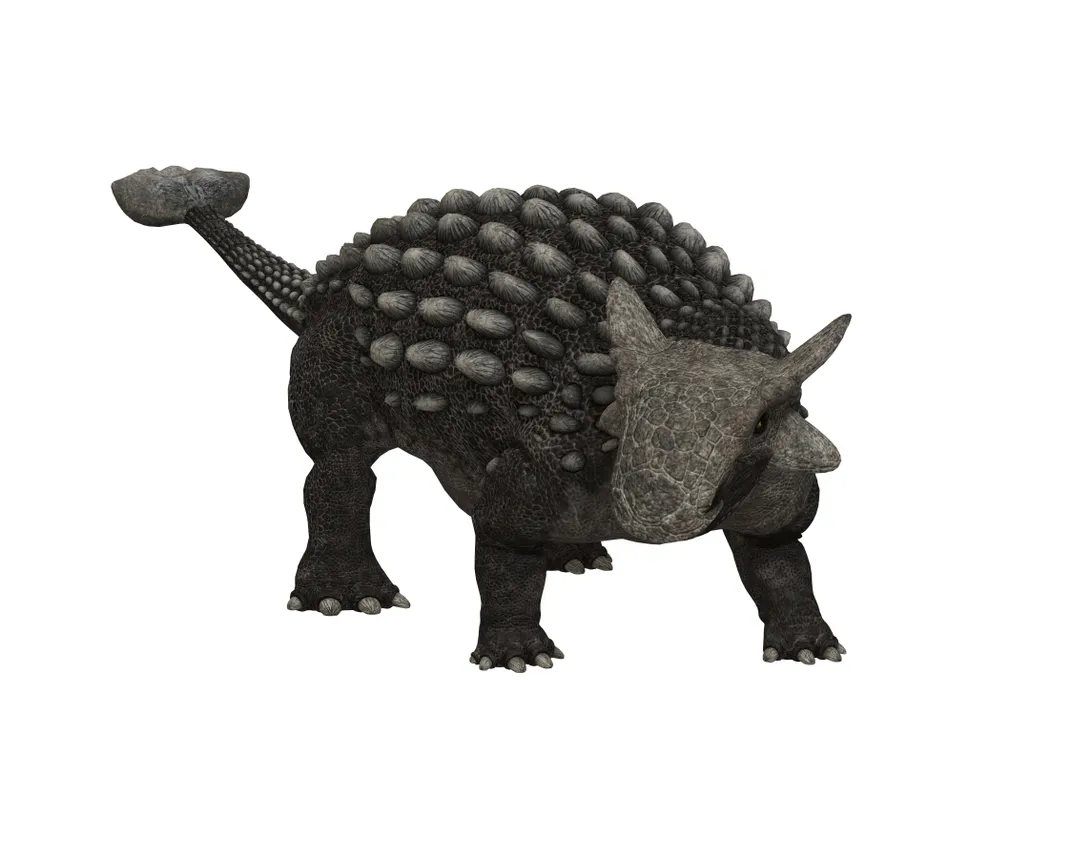
3. Ankylosaurus Was a “Living Tank”
With its arched back and curved tail, the Ankylosaurus resembles the dinosaur version of a super-sized and much spikier armadillo. Thanks to the sharp, bony plates that line its back, along with a tail shaped like a club, Ankylosaurus has been given the nickname “living tank.” Its main Achilles’ heel was its soft, exposed underbelly, but predators would have had to flip the armored dinosaur over to get to this weak spot.
4. Velociraptors, aka Prehistoric Chickens
While the Hollywood version may seem sleek and graceful, the Velociraptor seen in the film is closer in form to a much larger raptor called Deinonychus. Real Velociraptors were smaller, often loners and likely had feathers, leading some to describe them as “prehistoric chickens.” Still, raptors as a whole were likely among the smartest of dinosaurs, due to the larger size of their brains relative to their bodies–the second highest brain-body weight ratio after the Troödon. This degree of intelligence is consistent with that of modern-day ostriches.
5. Triceratops Horns Existed Mainly For Looks
The horns of the Triceratops have long fueled debate among scientists about their purpose. The latest research suggests that they likely served as identification and ornamentation. However, previous findings also uncovered Tyrannosaurs rex bite marks on Triceratops horns, indicating that the features could have been used for defense in certain cases.
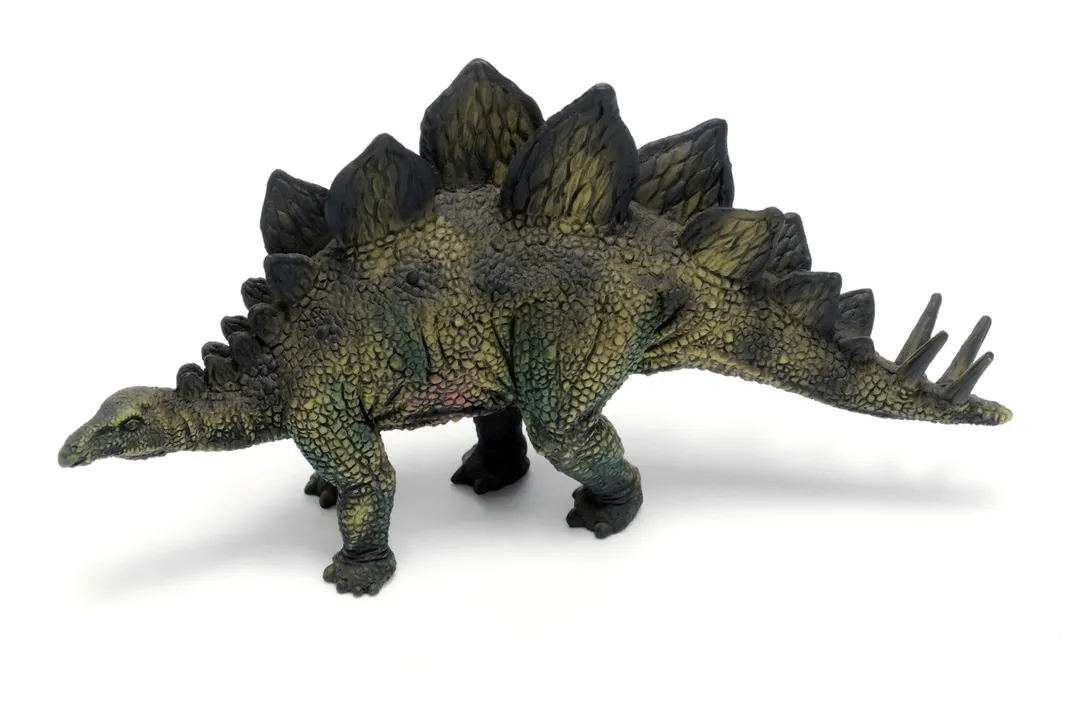
6. Stegosaurus Was No Brainiac
While it had a large body and several spiky plates that served as protection, the Stegosaurus had an exceptionally small brain for its body size—its brain has been compared to a walnut or lime. For some time, scientists believed the dinosaur had an ancillary group of nerves in a cavity above its rear end that helped to supplement its tiny noggin, but this hypothesis was later disproved.
7. Getting Attacked By a T. rex Really Bites
The original King of the Dinosaurs, Tyrannosaurus rex holds the real-life claim to fame of having the strongest bite of any land animal, living or extinct. Using a model that simulated the impact of its bite, scientists estimate that the force of a T. rex chomp could have been 3.5 times more powerful than that of an Australian saltwater crocodile, which holds the record among animals still alive today.
8. Pterosaurs Had Weak Feet
One of the two main species to escape from Jurassic World's Aviary, the Pteranodon had a wingspan of up to 18 feet. Its diet typically consisted of fish, and some species of pterosaurs had pouches like those of pelicans to hold their prey. It was likely able to dive as well as fly to obtain food. However, as one paleontologist notes in Forbes, the feet of a Pteranodon were probably too weak to carry the weight of a human, as the creatures are shown doing in the movie.
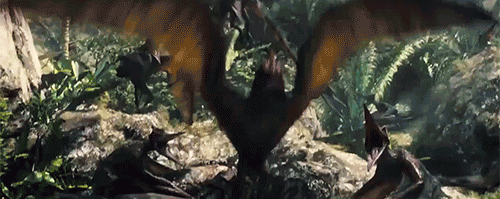
9. Dimorphodon Had Multipurpose Teeth
The Dimorphodon is the other flying reptile seen in the film, with a wingspan of about eight feet. Its name translates to “two-form tooth” and refers to the differences between its upper and lower sets of teeth. The upper set are sharper and longer and likely intended for snatching prey from the water. A second set of tinier teeth in the bottom jaw appears to be for gripping prey in transit.
10. The “Cows of the Cretaceous” Were Into Roaming
The Edmontosaurus was a medium-size duck-billed dinosaur that dined on fruits and veggies. Nicknamed the “cow of the Cretaceous,” these dinosaurs moved in herds of thousands that may have traversed thousands of miles during a single migration.
11. The Dinosaur That Ate Pebbles
Among several dinosaurs that share traits with ostriches, Gallimimus may have employed an interesting feeding strategy. Because it was unable to physically chew the plants it consumed, Gallimimus also ingested pebbles, which would mash up the food internally during the digestion process.
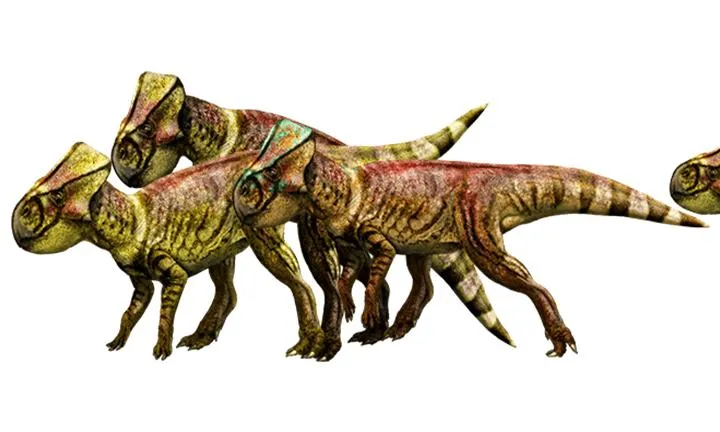
12. Diminutive Dinosaurs Lost Out to a Wasp
The smallest dinosaurs in the film, Microceratus, were ten inches tall on average and roughly two and a half feet long. The miniature herbivores were initially called Microceratops, but paleontologists were forced to change the title after it was revealed that a genus of wasp had already claimed the moniker.
13. Parasaurolophus Had a Noisy Crest
Parasaurolophus are known for the distinctive crests that adorned their heads, which have since been modeled by paleontologists. Based on these simulations, scientists discovered that the crest could emit a loud sound when air flows through it, indicating that it helped these dinosaurs communicate.
14. The Baryonyx Went Spear Fishing
The Baryonyx, a fish eater, has a name meaning “heavy claw” in Greek because of the large, sharp extended claws that made up the thumb of each hand. Paleontologists think the dinosaur used these claws like spears to catch fish. This carnivorous dinosaur also had sets of serrated teeth similar to those of modern-day crocodiles for chomping on prey.
/https://tf-cmsv2-smithsonianmag-media.s3.amazonaws.com/accounts/headshot/profile.jpg)


/https://tf-cmsv2-smithsonianmag-media.s3.amazonaws.com/accounts/headshot/profile.jpg)